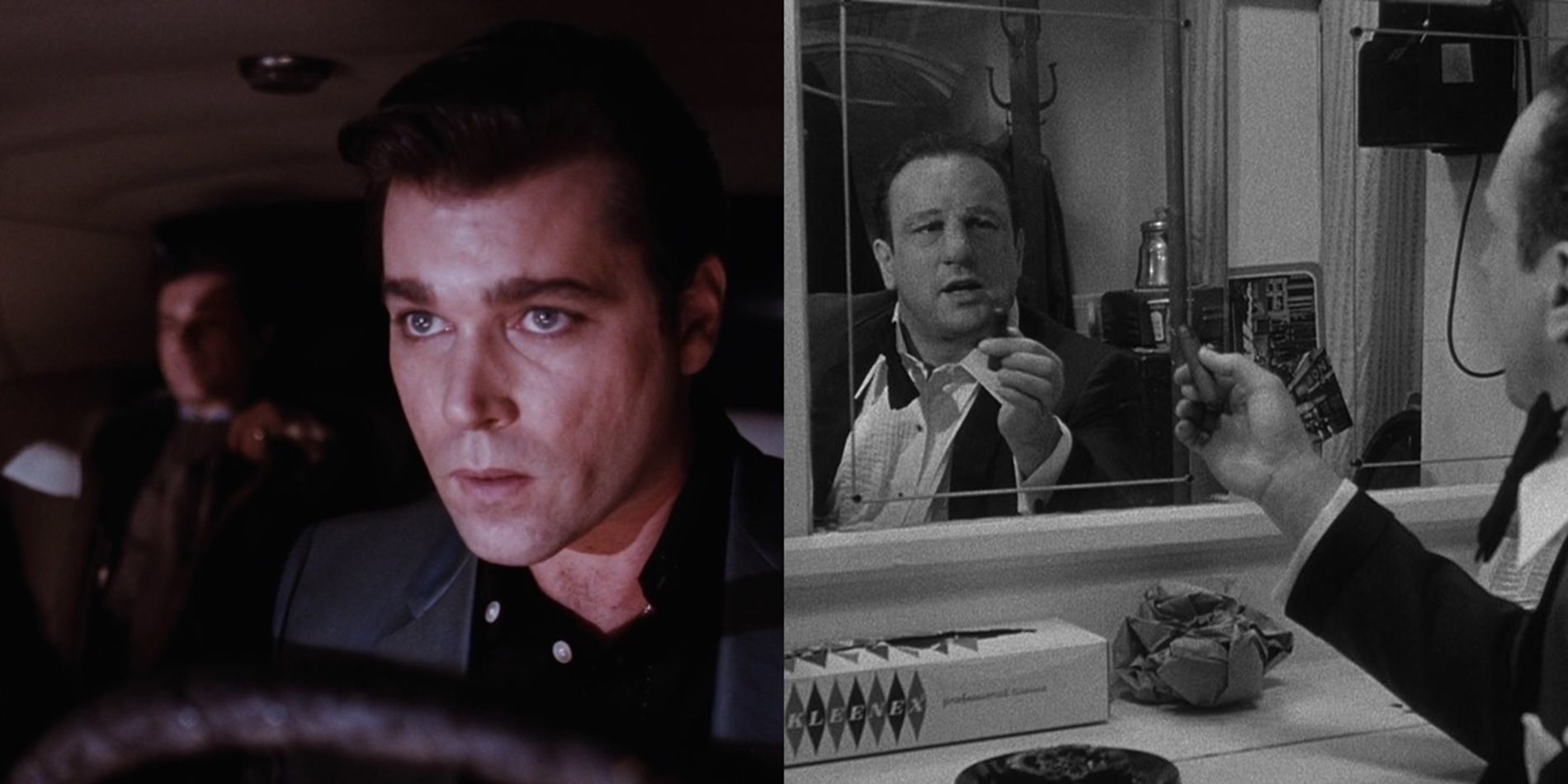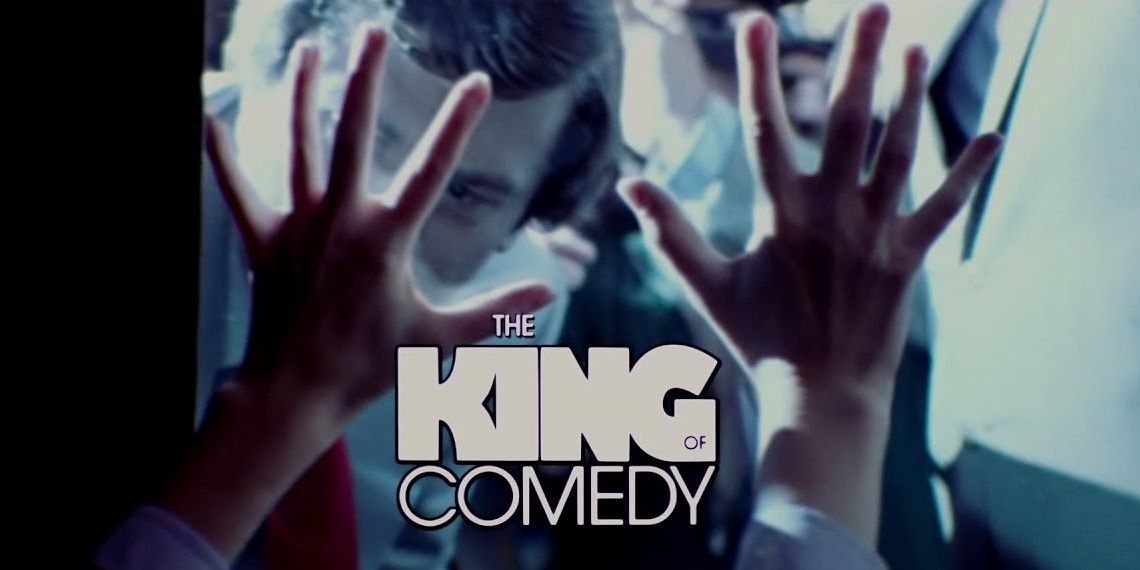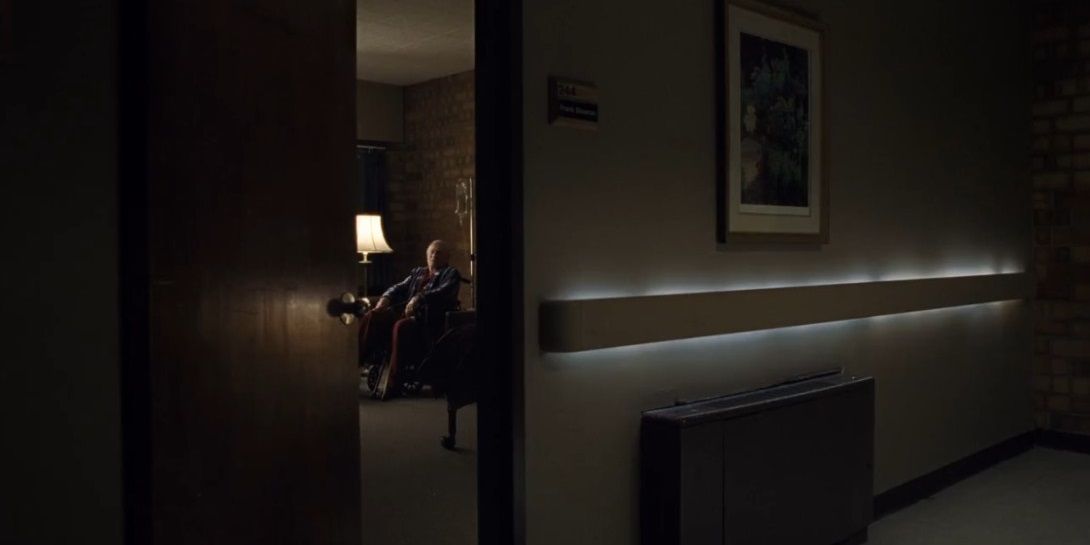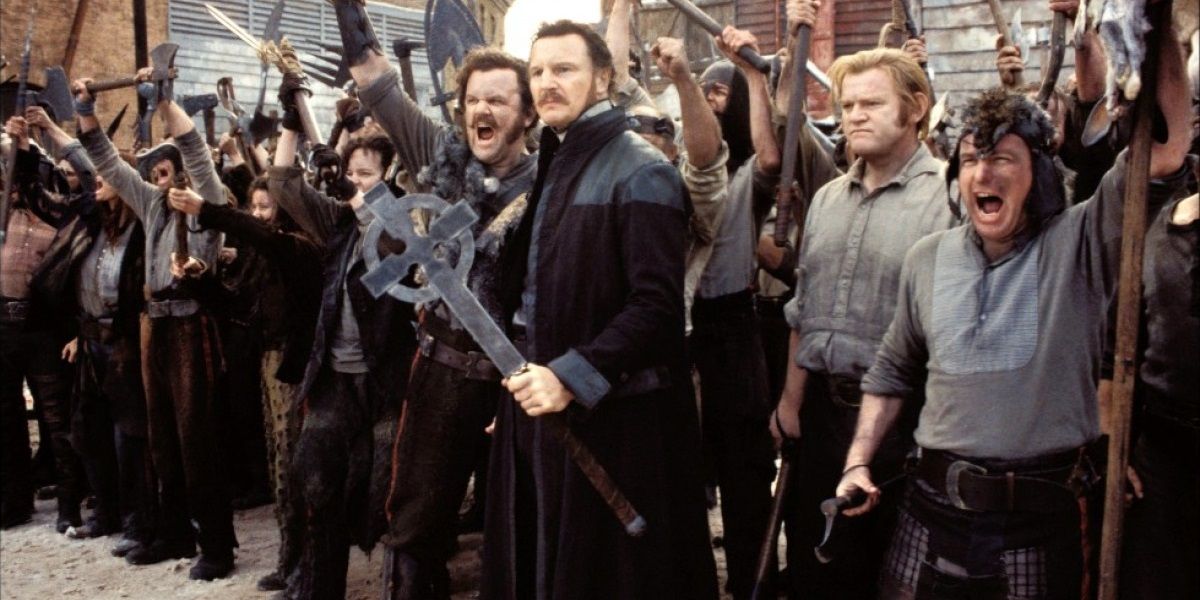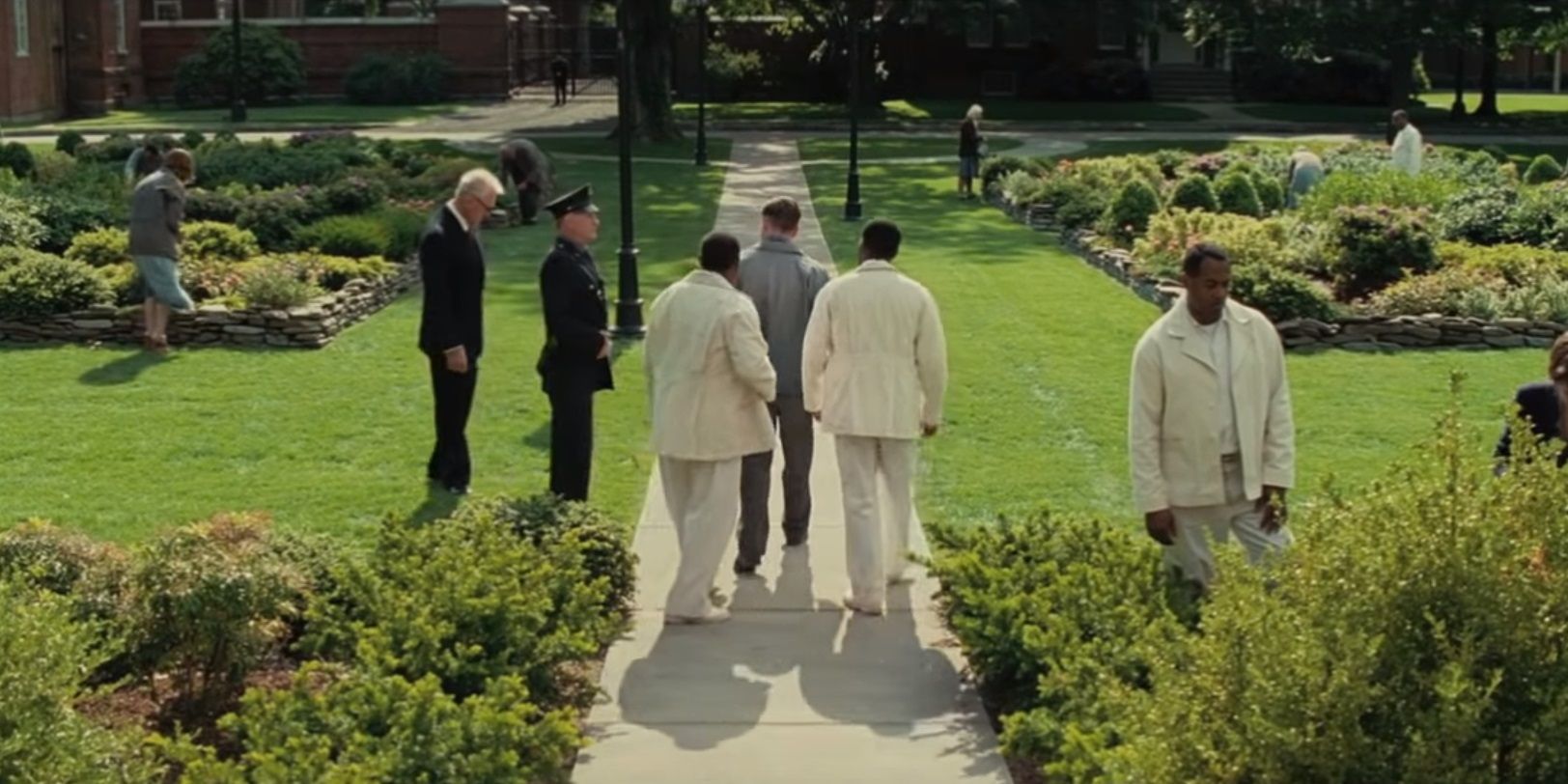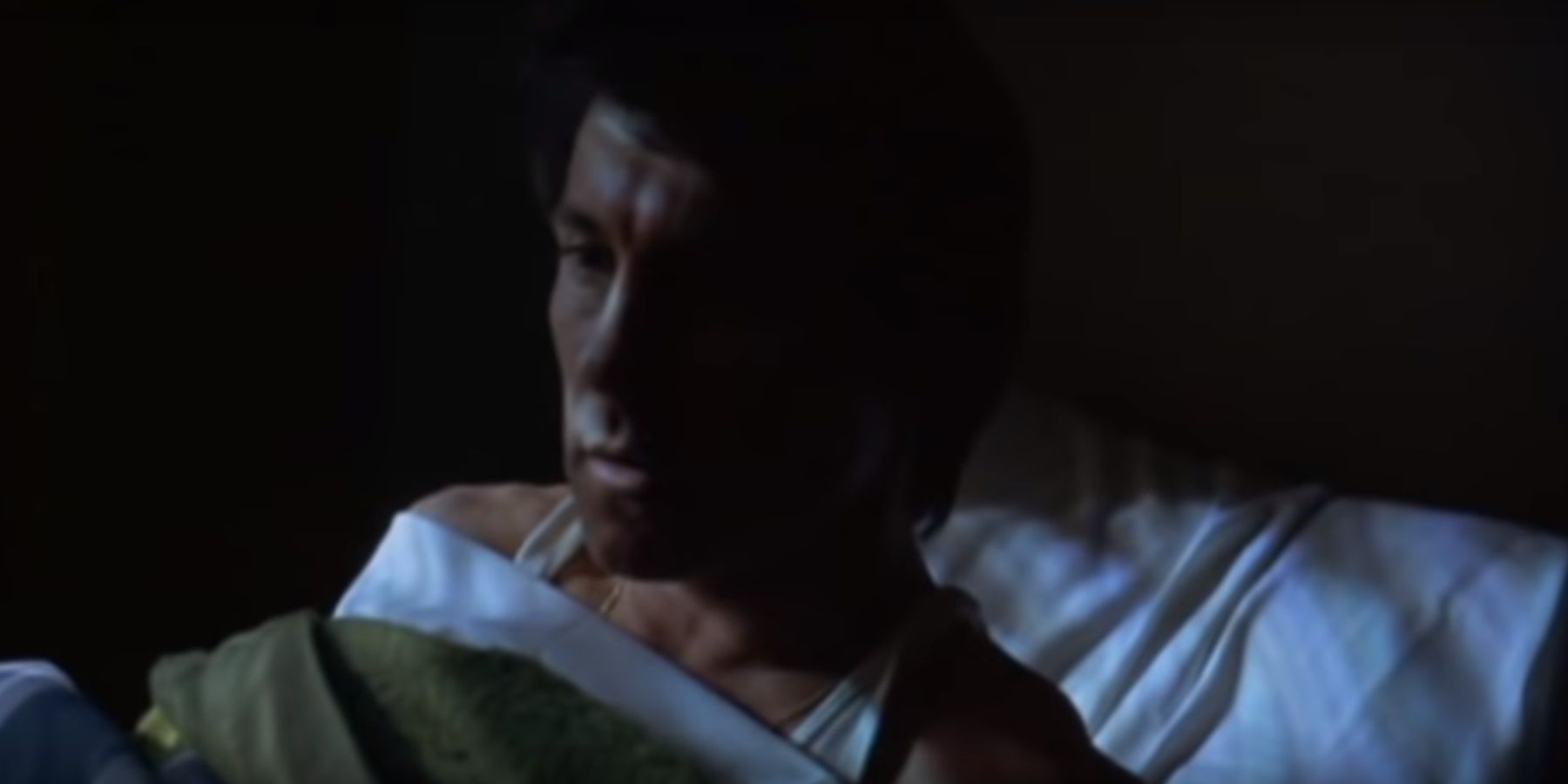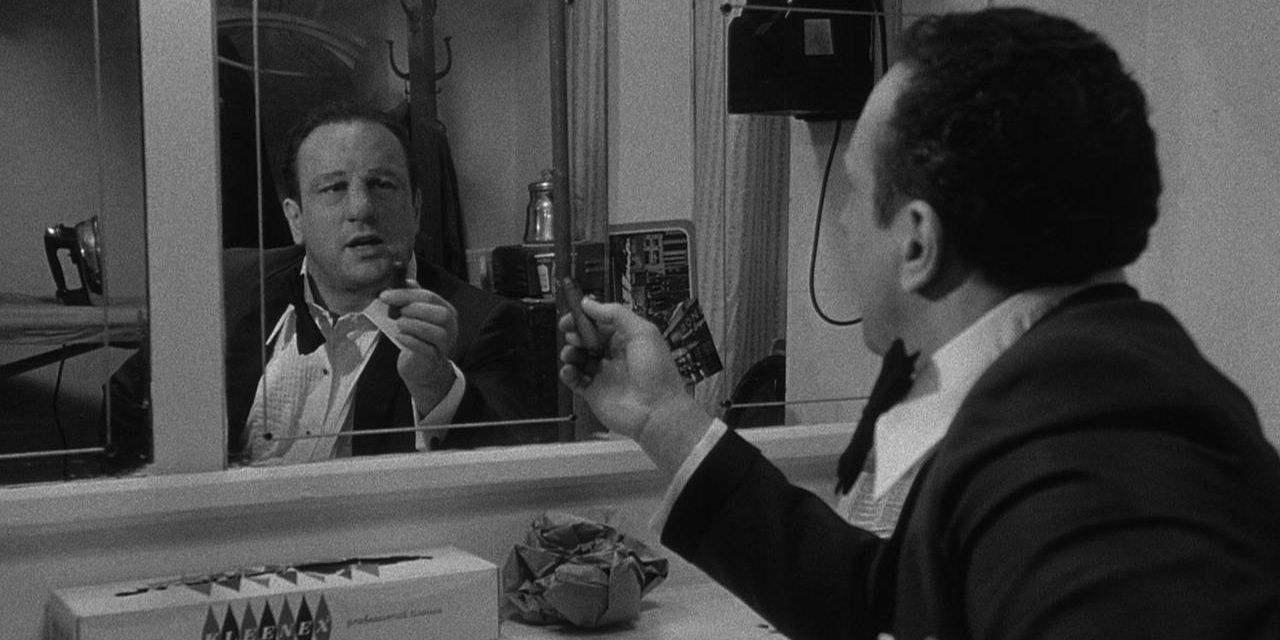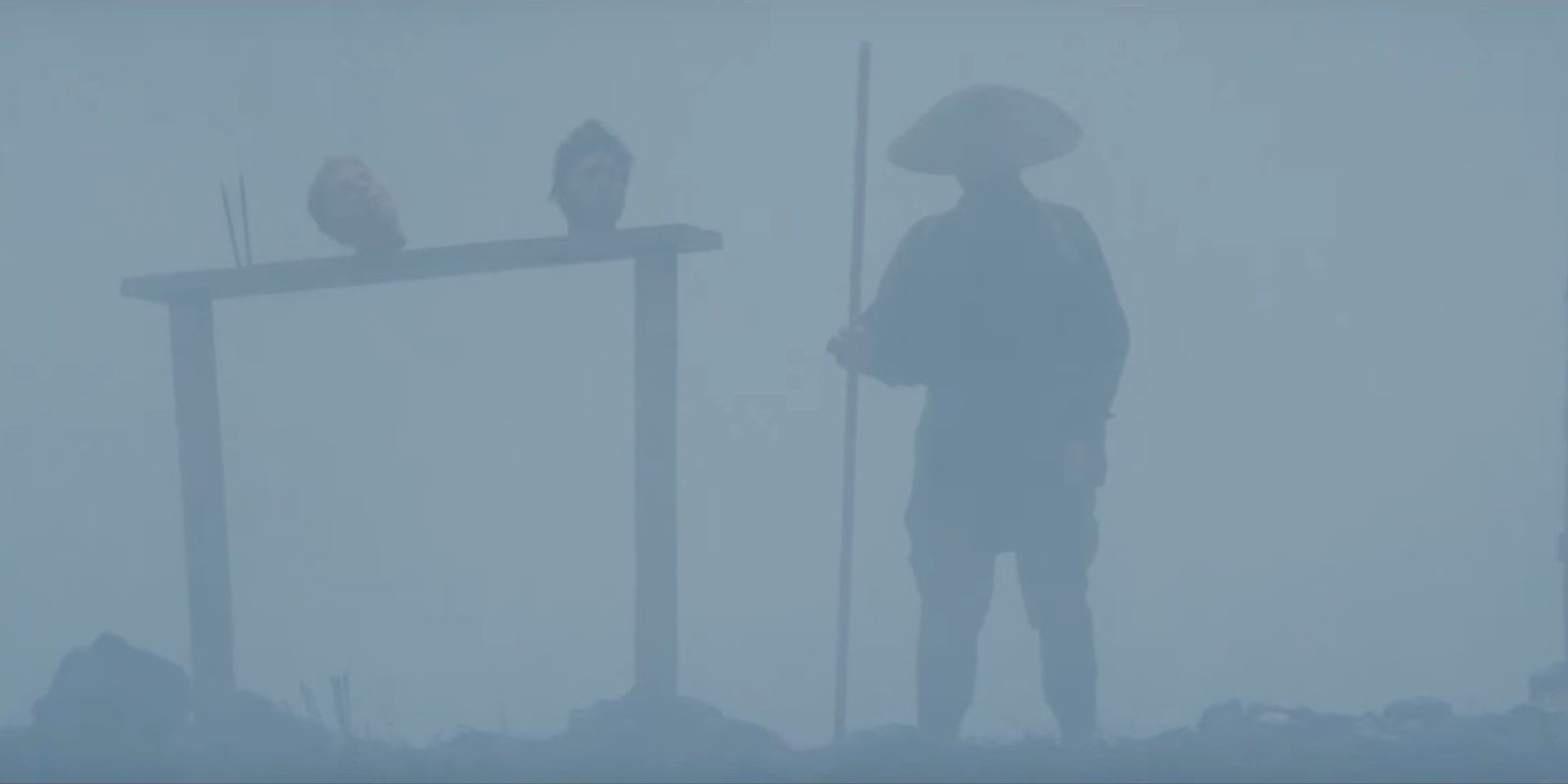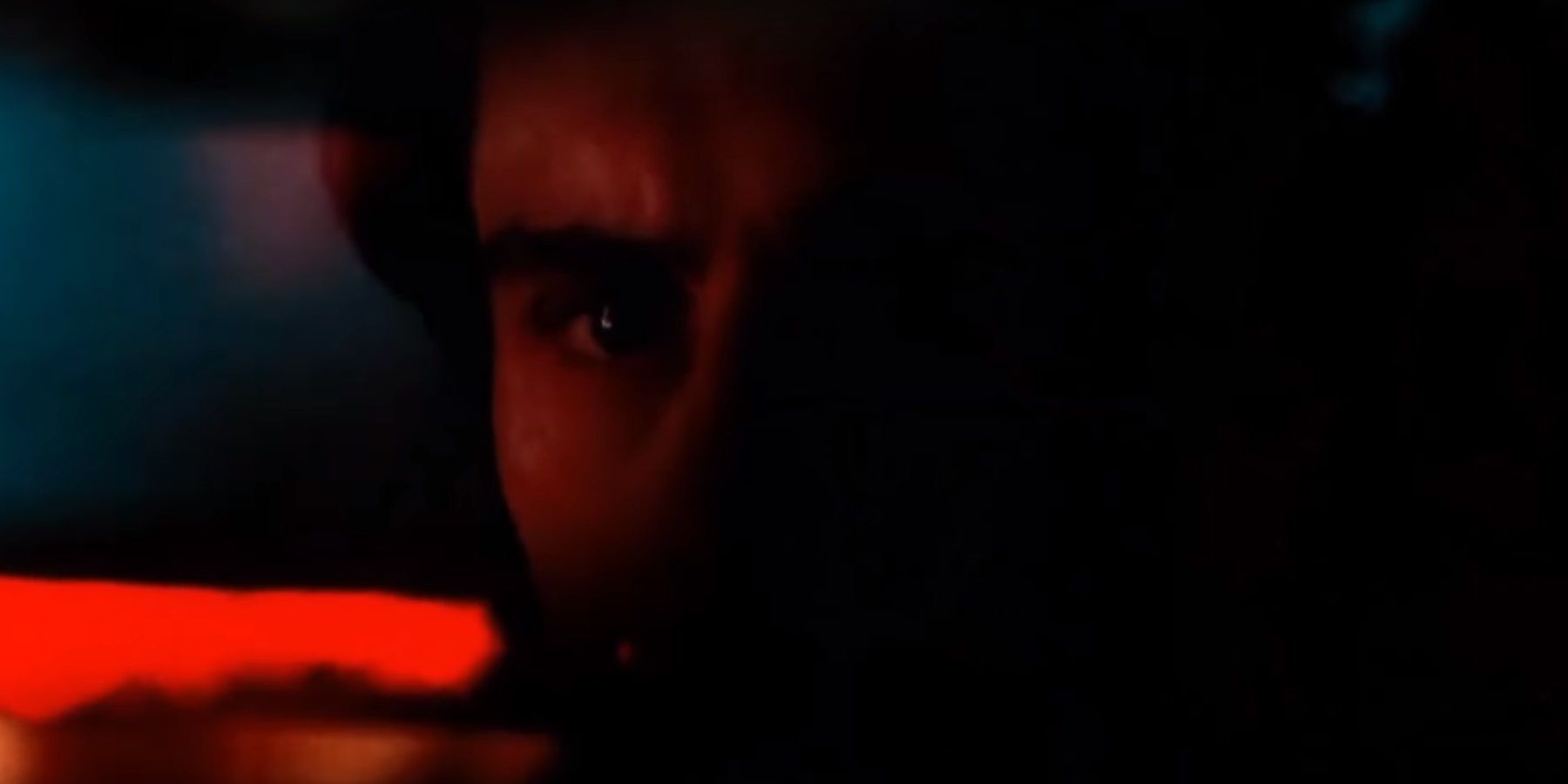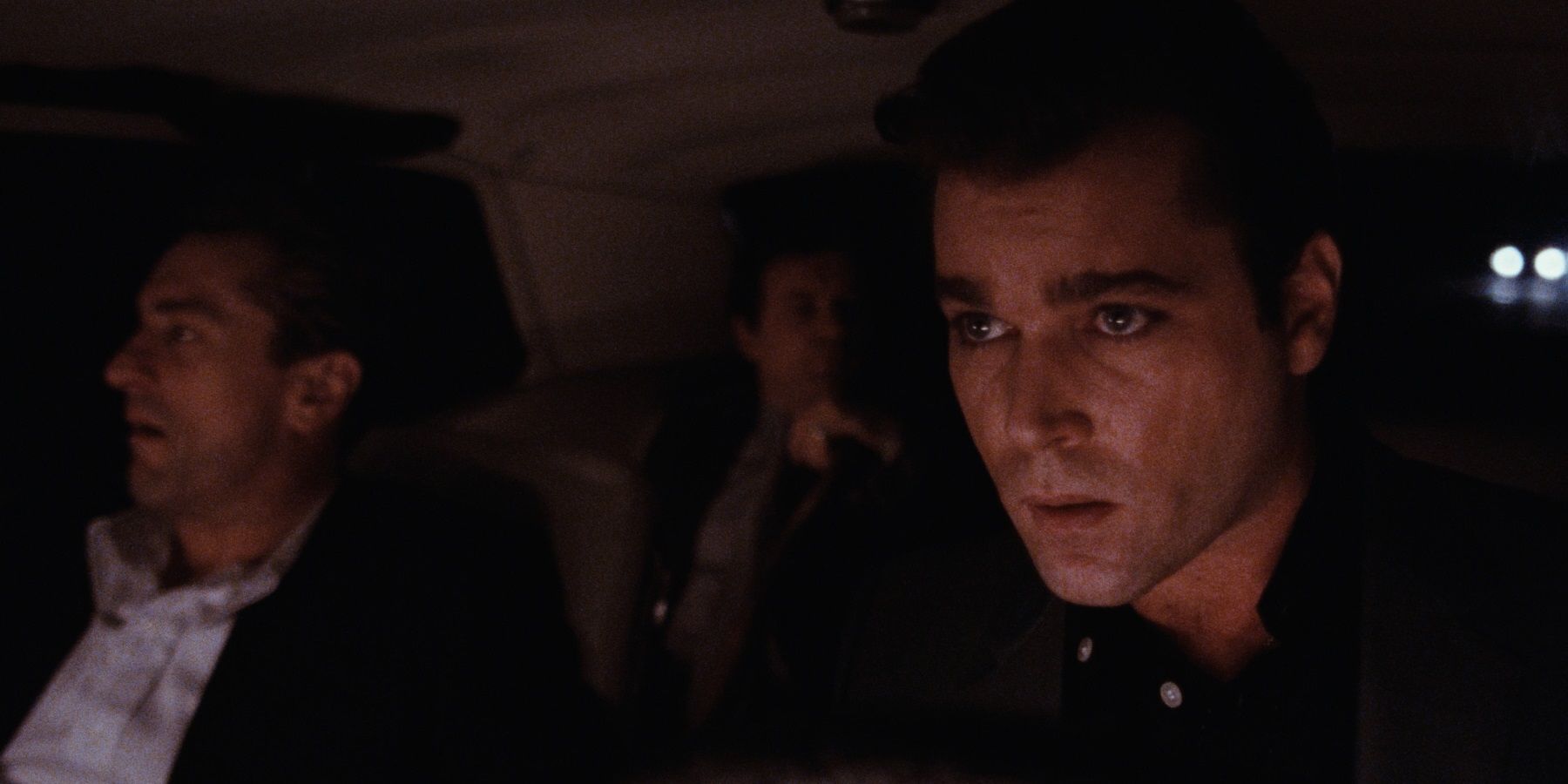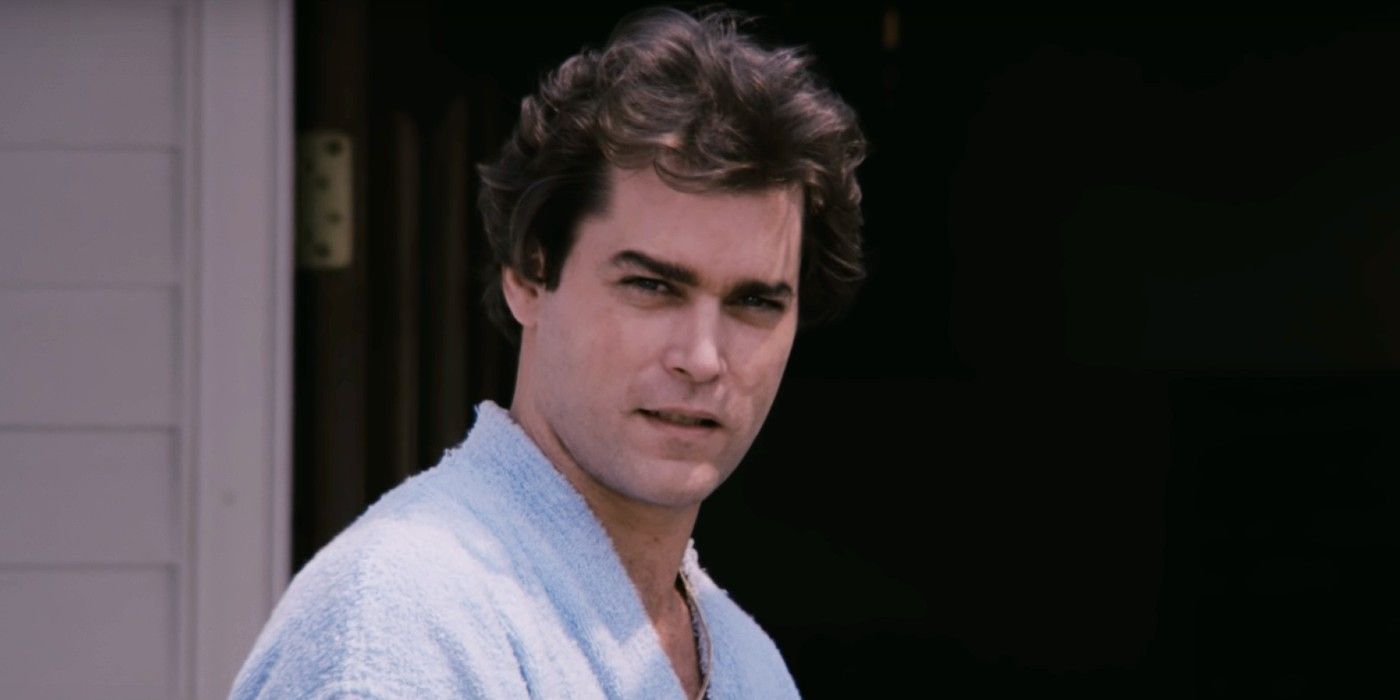With more than 50 years of masterful filmmaking to his name, it’s fair to say that Martin Scorsese is one of the greatest living directors. From Taxi Driver to Raging Bull to Goodfellas, Scorsese has helmed some of the most acclaimed and groundbreaking movies of all time. And with more projects on the horizon, he’s not slowing down any time soon.
Every great movie needs an opening scene that hooks the audience in right away and an ending that wraps up all the storylines and themes in a neat bow. Scorsese unsurprisingly has a few brilliant examples of both in his impressive filmography.
Opening Scene: The King Of Comedy
In the opening scene of The King of Comedy, delusional aspiring comic Rupert Pupkin stands among a crowd of paparazzi and autograph seekers outside The Jerry Langford Show’s studio and ends up getting a ride in Langford’s car when he saves him from a deranged fan.
The freeze-frame over the opening credits — a pair of hands pressed against the glass window of the car with swarms of paparazzi and flashing cameras on the other side — is the perfect visual metaphor for this movie’s bitter satirical statement about the emptiness of fame. And Ray Charles’ melancholic “Come Rain or Come Shine” pairs perfectly on the soundtrack.
Ending: The Irishman
While Goodfellas and Casino warned that the mafia lifestyle inevitably leads to a grim fate, The Irishman really hammered it home. The movie revolves around the unsolved murder of Jimmy Hoffa, but it shows the mobsters getting old long after that.
In the final scene of The Irishman, Frank Sheeran is completely alone. His family has left him and his friends are all dead or in prison, so he’s just running out the clock in a nursing home. His only contact is with a priest. When the priest leaves, Frank asks him to keep the door slightly open, mimicking one of Hoffa’s habits. The beautiful final shot frames Frank through the door.
Opening Scene: Gangs Of New York
Arguably the most ambitious film of Scorsese’s career, Gangs of New York is essentially an origin story for America. The opening scene could function as a short film in its own right.
It acts as a sort of prologue to the movie, as a Protestant gang and an Irish Catholic gang go to war on the streets of Five Points, Manhattan in 1846. Bill the Butcher outlaws the rival gang by killing their leader Priest Vallon, setting the stage for Vallon’s orphaned son — played by Leonardo DiCaprio — to exact revenge against Bill years later.
Ending: Shutter Island
Scorsese has only dipped into the horror genre a couple of times, but he should be making more scary movies because they’ve all turned out great, like his remake of Cape Fear and his adaptation of Shutter Island.
The plot twist in Shutter Island is harrowing, then its somber final scene — in which Leonardo DiCaprio insinuates that he’s having himself voluntarily lobotomized — leaves the story on a truly haunting note.
Opening Scene: Mean Streets
Scorsese’s third movie Mean Streets was the first one to exhibit his stylistic hallmarks. It opens with a voiceover by the director himself over a black screen saying, “You don’t make up for your sins in church. You do it in the streets. You do it at home. The rest is bullsh*t and you know it.”
Charlie, a young mobster played by Harvey Keitel, wakes up with a start, gets out of bed, walks past a crucifix hanging on the wall, and looks at himself in the mirror. When he goes back to bed, “Be My Baby” ushers in the opening titles.
Ending: Raging Bull
Christian Bale may have made a lot of drastic bodily transformations to play his characters, but he’s never undergone two transformations for the same role. After bulking up to play Jake LaMotta in the prime of his boxing career, Robert De Niro gained a record-setting amount of weight to play him as an aging, overweight man at the tail end of his life.
In the final scene, LaMotta recites Marlon Brando’s famous “I coulda been a contender” monologue from On the Waterfront to himself in a dressing room mirror before he goes onstage at a nightclub.
Opening Scene: Silence
Arriving between The Wolf of Wall Street and The Irishman, Scorsese’s long-gestating religious epic Silence came and went without making a big splash in 2016, which is a shame because it’s one of the director’s most beautifully shot and emotionally affecting films.
The prologue at the beginning of the movie demonstrates the shocking treatment of Christian missionaries in that time period. It sees a veteran Jesuit priest helplessly watching the brutal torture of the people he tried to convert to the Christian faith.
Ending: Taxi Driver
The grisly climactic shootout in Taxi Driver seems to claim Travis Bickle’s life. He sustains a lot of gunshot wounds in his vigilante crusade to save Iris, and when he takes a seat and starts to bleed out, the camera seems to follow his soul out of his body, floating through the brothel as it’s swarmed by cops.
The final scene is meant to be taken with a grain of salt. Travis has fully recovered from his wounds and is hailed as a hero after Iris is returned to her parents. He even reconciles with Betsy. This all seems too good to be true. Many viewers have interpreted it as a hallucination going through Travis’ head as he dies since it’s a best-case scenario for him.
Opening Scene: Goodfellas
The opening scene of Goodfellas is actually taken from the middle of the movie. Before Scorsese dives into Henry Hill’s childhood, he shows him driving through the middle of the night with a murder victim in the trunk. The man in the trunk, later identified as made man Billy Batts, turns out to still be alive, so Henry pulls over and his friends Tommy and Jimmy — both more accustomed to the grim job requirements than Henry — stab and shoot him to death.
As Henry shuts the trunk and the camera closes in on his face, his iconic voiceover narration says, “As far back as I can remember, I always wanted to be a gangster,” and Tony Bennett’s “Rags to Riches” plays over the opening credits.
Ending: Goodfellas
In the final moments of Goodfellas, after ratting out all his closest friends to stay out of jail, Henry Hill finds himself facing a different kind of imprisonment leading a mundane suburban existence as a federal witness. Scorsese’s mob movies have all been cautionary tales warning that the mafia lifestyle only leads to one inevitable fate.
At the end of Goodfellas, Tommy is seen firing a pistol against a black background in an homage to The Great Train Robbery as an ominous premonition of the consequences of a life of crime. Then, Henry shuts his front door to the sounds of jail bars clattering shut, and Sid Vicious’ rendition of “My Way” kicks off the end credits.

